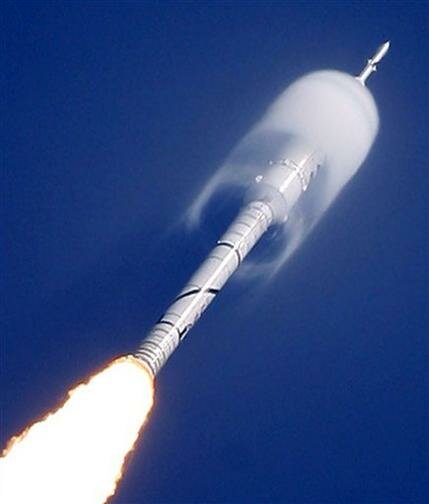1. There is actually something useful you can gather from another long duration mission - medical data. While in the decades starting in the early 1970s there has been a LOT of long term medical data concerning the long-term effects of weightlessness (And elevated background radiation) on the human-body courtesy of Skylab, the Salyut space-stations, Mir and the ISS by the Soviet space=programme, NASA, ESA and Roscosmos but that information deals with the relatively benign LEO environment deep inside Earth's magnetosphere which blocks out a lot of the more damaging radiation. The data subset dealing with prolonged exposure to the deep-space environment (Well outside of Earth's magnetosphere where the astronauts got exposed to all of the Sun's ionising radiation place galactic background radiation and cosmic-rays) is much more limited, it consists solely of the medical obtained from NASA astronaut from the Apollo 8,10-17 missions. Artemis II of course will add to that but then so would Artemis III.
2. If an Artemis CSM is being sent why waste the opportunity.
3. Maybe there are no spare off-the-shelf scientific instruments leftover from previous science-probes there are of course off-the-shelf designs which additional copies could be made and suitably adapted.
4. Who said anything about a human-rated platform? A modified Comsat bus could be used but if you do need a human-rated platform that can be used with
5. suitable modifications there's the Northrop-Griumman
Cygnus spacecraft
6.and of course there's the
Lunar Gateway variant which would with modifications could be used.



